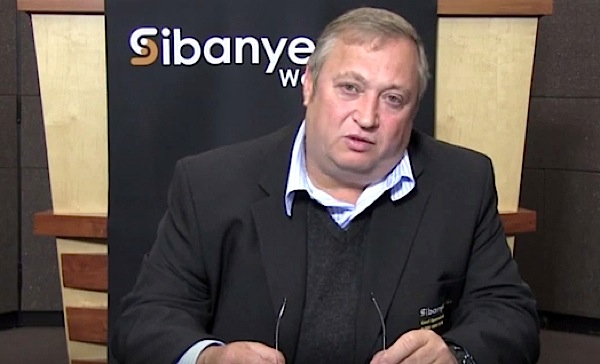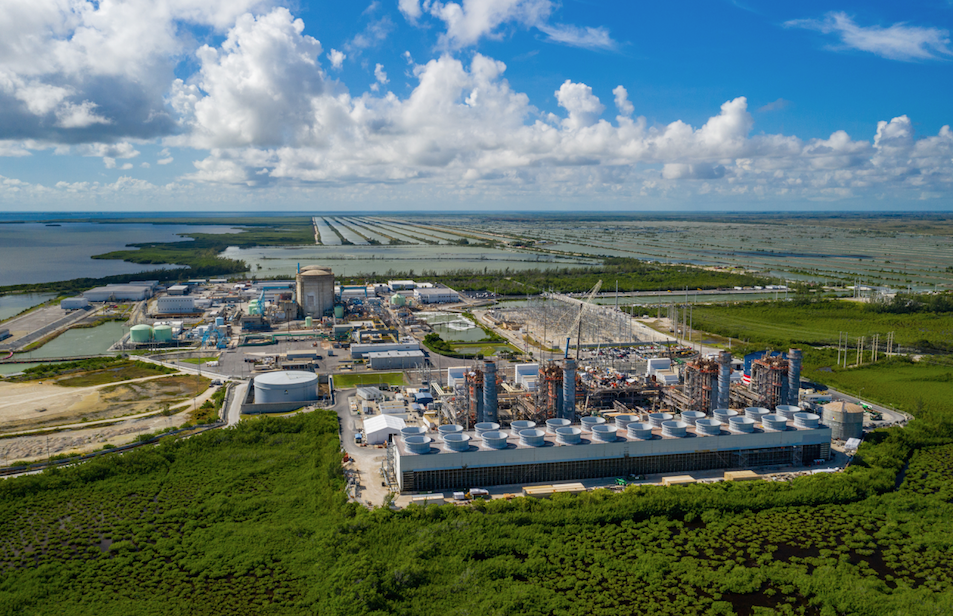Sibanye expects to generate up to 60% of power needs from new coal project

Sibanye chief executive, , Neal Froneman, said the company reduce its dependence on unreliable electricity supply from state-run utility Eskom Holdings. (Image: Sibanye Gold via YouTube)
South Africa’s Sibanye Gold (NYSE:SBGL) (JSE:SGL), the country’s No. 1 producer of the precious metal, is targeting to generate up to 60% of its current power needs from a coal project co-owned with Australia’s Waterberg Coal Group (WCG).
The gold miner said Thursday it would invest over $16 million (A$22.5 million) in WCG, adding this could be converted into shares and guarantee it has a supply of coal for its own power generation.
On top of the investment, which can be converted into shares within 18 months, Sibanye also plans to inject A$8.5 million of working capital into WCG for project development.
“We have been investigating various energy alternatives for some time now and the Waterberg Coal Project has the potential to be a medium to long-term sustainable power solution,” said the company’s chief executive, Neal Froneman, in a statement.
The company, which earlier this month agreed to buy three platinum mines from Anglo American Platinum, wants to build a power plant of 200 megawatts to 600 megawatts to reduce its dependence on unreliable electricity supply from state-run utility Eskom Holdings.
Soaring power cost, blackouts
Power costs in South Africa have almost quadrupled since 2008 Eskom, which provides 95% of the nation’s power, has struggled to build plants and fix old ones over the last decade.
Rotational blackouts have become too frequent for the largest users to plan their production processes, miners say. On top of the frequent power cuts, intensive electricity users such as Sibanye are supposed to slash usage by as much as 20% when Eskom is short of power and has to trim supply.
Sibanye is already building solar-powered plant, but it said last month that it needed more than what that project would provide to cope with electricity shortages.
More News
{{ commodity.name }}
{{ post.title }}
{{ post.date }}



Comments